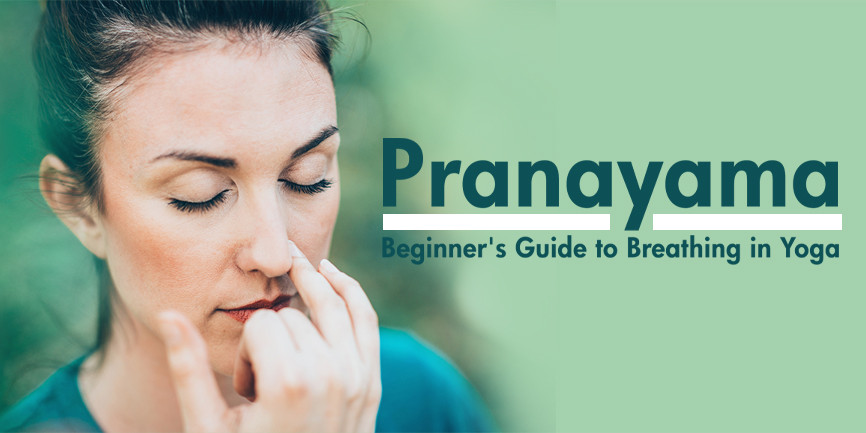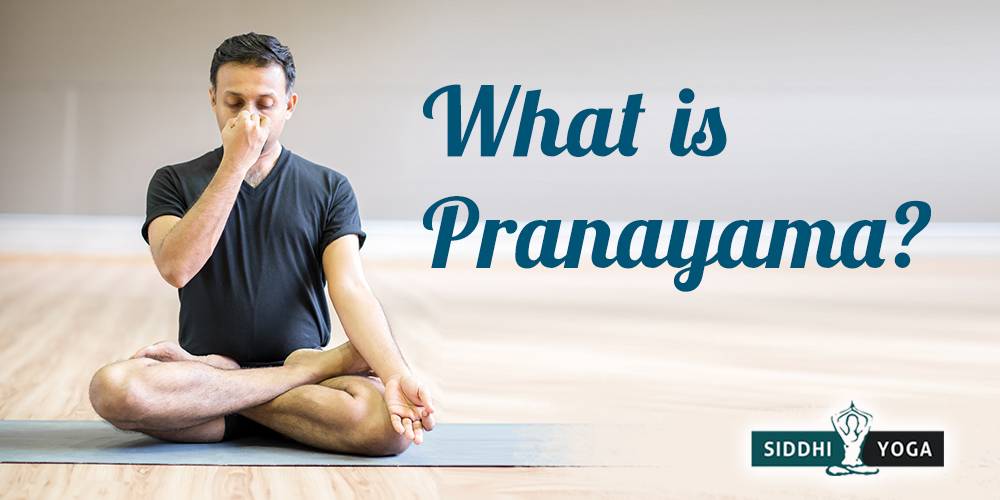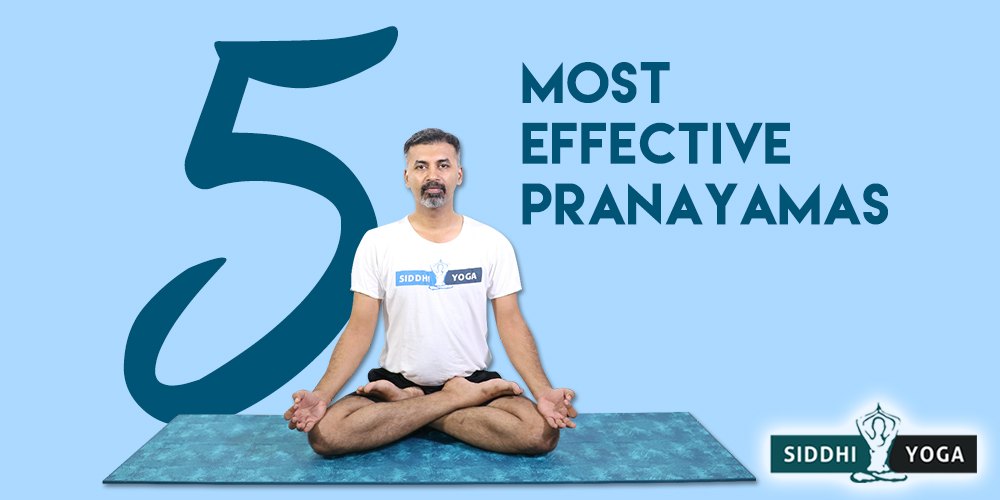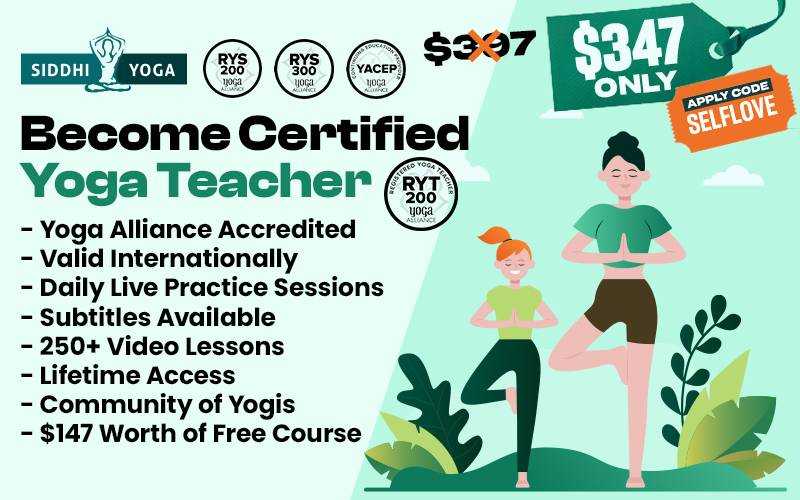
Our guide to the traditional breath practices of Hatha Yoga.
For many, what has come to be known as “Yoga” in the West is a system of challenging physical postures called asana, that are linked together by the breath.
In actual fact, this type of Yoga is merely a small part of a type of Yoga called Hatha Yoga. Though Asana plays an important role in a traditional Hatha Yoga practice, it was generally intended to precede a number of breathing and meditation techniques known as Pranayama, which were seen as being the more advanced practice.
Though modern yoga practice does maintain an important and powerful connection with the breath, a stand-alone, seated Pranayama practice not only has numerous health benefits, both physical and mental, but it also allows the practitioner to sink into deep states of meditation where the so-called “higher limbs” of Yoga become possible.
What is Pranayama?

Pranayama is a word in the ancient Sanskrit language which is made up of a combination of two words: Prana and Ayama.
Ayama has a relatively simple meaning, it means to extend.
Prana is a bit more complicated. The most superficial translation simply be to call it “the breath.” However, Prana means something much deeper. It is the energy of our subtle body, our life force, the vehicle between our consciousness and the material world.
So not only does Pranayama mean to extend the breath, but it also means to extend our energy, our life-force, and our consciousness throughout our physical body and out into the world. We use the breath to harness the power of our minds.
In order to develop this capacity, there are a number of techniques that have been outlined in the classical texts, most notably in the Hatha Yoga Pradipika, the Gheranda Samhita, and the Shiva Samhita.
Most of them are accessible to the average person, provided they are approached with due patience and care. Here we will outline a basic sequence of these techniques that you can practice at home.
How To Start A Pranayama Practice
Before starting a new Pranayama practice there are a few important things to consider.
Remember that these techniques can be a bit intense at first. It is recommended that if you have any chronic health conditions of any kind to please consult a health professional before starting.
Also, Pranayama has the potential to place you in an altered state of awareness, so it is important that you allow yourself a brief recovery period and don’t drive a vehicle or operate machinery immediately afterward.
Try to practice in a quiet place where you won’t be interrupted and make sure to wait at least 3 hours after eating. The first thing in the morning is usually best.
Unless otherwise specified, Pranayama is always done through the nose, rather than the mouth.
If at any point while you are practicing Pranayama you begin to feel light-headed, nauseous, or anxious, stop immediately, and lie down on your back until your equilibrium returns to normal.
Five Most Effective Pranayama Techniques

When beginning a Pranayama practice, first assume a cross-legged position on the floor. It may be helpful to sit on a block or a pillow to elevate the hips and allow them to release. It may also be helpful to place some support under the knees if there is any tension or pressure.
Sit up very straight, reaching the crown of the head towards the ceiling, and keep the chin level with the floor.
Take a few moments to allow the breath to settle and simply observe the quality of your normal resting breath for a few minutes. If you encounter any tension in the physical body, consciously release it, using only as much muscular engagement as you require to sit up straight and breathe deeply.
Dirga Pranayama, The Simple 3 Part Breath
Otherwise known as the “Yogic breath,” Dirga Pranayama is the basic foundation of most other forms of Pranayama so it is important to master it before proceeding on to more complicated techniques.
It is also a powerful technique in its own right and a highly effective Pranayama practice could simply include a long stretch of slow, deep Yogic breathing. In fact, in some traditions, the other Pranayama techniques are simply meant to support and strengthen the breath specifically to deepen and lengthen the practice of simple Yogic breathing.
The technique is simple but can take years of practice to really master.
1. On your inhale, breathe first into the abdomen, expanding through the belly. Once the belly is full, begin expanding into the upper chest, allowing the ribcage to open. Once the ribcage is fully expanded, breathe in slightly more so that you feel a slight expansion through the collarbone.
2. On your exhale, reverse the previous motion. Slightly contract through the chest before drawing the belly in towards the spine. Try to make the exhale at least as long as the inhale. Exhale completely before inhaling again.
At first, it is appropriate to simply have the length of the exhalation match the length of the inhalation. However, after some time, it is generally recommended that the exhalation be double that of the inhalation.
Kumbhaka, Breath Retention
Expanding on the simple Yogic breath, the act of Kumbhaka, or breath retention, is said to be the most important part of traditional Pranayama practice. It is said that if you can stop the breath for long enough you will also be able to stop the thought forms that distract one from states of true meditation.
It is very important to be patient when practicing Kumbhaka. If the breath is held for too long before a practitioner is ready, the sympathetic nervous system can become excessively stimulated leading to feelings of panic or disorientation.
Begin by practicing the simple Yogic breath for a few rounds.
1. Once you are ready, after the next inhale, hold your breath at the top of the inhalation. Keep the abdomen relaxed while doing so. After 5 seconds or so, exhale slowly with control.
2. At the end of the exhale, hold the breath at the very bottom of the exhale. At first, it is appropriate to leave the abdomen relaxed. However, after some time it is advisable to draw the belly up and in towards the spine while holding the exhalation. This is known as Uddiyana Bandha.
When practicing the Yogic breath in this way, it is important not to sacrifice the length of the inhale and exhale for the length of the retention. If the breath feels rushed or if there is any feeling of panic after retention then the retention is too long.
Kapalabhati, Breath Of Fire
Kapalabhati or Breath Of Fire is one of the classic kriyas, or purification practices, of Hatha Yoga. It is thought to stoke the fires of digestion and bring energy into the pelvic region of the body, aiding in fertility and sexual potency.
1. Take a full inhale, then a full exhale. Inhale halfway, expanding only through the abdomen, then begin.
2. In Kapalabhati, the air is exhaled rapidly by drawing the abdomen towards the spine in short upward bursts. After each exhale the inhale is allowed to occur naturally, by simply releasing the muscles of the abdomen.
3. Continue breathing in this way for as long as it is comfortable. Initially, 60 seconds is more than sufficient. However, with practice, most will be able to maintain the technique for extended periods of time.
4. When Kapalabhati is complete, exhale completely and perform breath retention at the bottom of the breath. Inhale slowly with control and perform breath retention at the top of the breath as well.
5. Return to normal breathing or perform additional rounds of Kapalabhati.
Though experienced practitioners may be able to perform Kapalabhati more or less indefinitely, it is important to perform regular retentions in order to stabilize the carbon dioxide levels in the blood.
Nadi Shodhana, Alternate Nostril Breathing
Alternate Nostril Breathing, which is known as either Nadi Shodhana or Anuloma Viloma in Sanskrit, is an important Pranayama technique that is extremely effective at stimulating the parasympathetic nervous system, our body’s rest and recharge mode.
It is a great exercise to do before bed, or in times of anxiety or stress.
1. Place the index and middle finger between your eyebrows and allow the thumb to rest on the right nostril. The ring finger will rest on the left nostril.
2. Close your right nostril with your thumb, inhaling slowly and quietly through the left nostril.
3. Close both nostrils and retain the breath briefly at the top of the inhale.
4. Open the right nostril and exhale slowly and quietly.
5. At the bottom of your exhalation, keep the right nostril open and inhale slowly and quietly.
6. Close both nostrils and retain the breath briefly at the top of the inhale.
7. Open the left nostril and exhale slowly and quietly. This is one round of Nadi Shodhana.
Bhastrika Pranayama, Bellows Breath
In this powerful technique, the air is inhaled and exhaled rapidly. This produces a burst of energy and vitality and is great to combat sluggishness or laziness in the body. If done for long periods, it can produce an altered state of consciousness that is said to help practitioners to access deep states of meditation.
1. Inhale completely, then exhale completely, then begin.
2. Begin inhaling and exhaling using moderately fast but deep breaths, actively expanding completely through the belly on the inhale, and actively drawing the belly in towards the spine on the exhale. It may be possible to expand and contract through the chest as well.
The speed of the breath should be slower then Kapalabhati, but faster than normal. Repeat 20 times.
3. At the end of the final exhalation, close the left nostril like in Nadi Shodhana and breathe in slowly through the right nostril. At the top of the inhale, close both nostrils and retain the breath. Open the left nostril and slowly exhale, trying to keep the exhale double the length of the inhale.
4. At the end of the exhale return to normal breathing or perform additional rounds of Bhastrika.
The Benefits of Pranayama
The many benefits of Pranayama are too numerous to list here, and range from the physical, to the emotional, and down to the subtle spiritual level.
Lately, there has been more and more scientific evidence for these benefits. You can read an article summarizing these various studies here.
Here is a shortlist of some of the most important benefits of Pranayama:
1. Reduced Anxiety and Depression
Slow, deep, abdominal breathing has been shown to stimulate the parasympathetic nervous system, the body’s rest and recharge mood. This can help to significantly reduce the symptoms of anxiety and depression.

There is also evidence that Pranayama can reduce the production of the stress hormones cortisol and adrenaline, leading to improved relaxation.
2. Improved Lung Function
Deep abdominal breathing draws air into the lowest part of the lungs, where blood tends to pool due to the effects of gravity. This creates a more efficient exchange of oxygen in the blood, and is thought to keep this tissue healthy.
There is also some emerging scientific evidence that a regular Pranayama practice has a positive effect on respiratory disorders related to inflammation like COPD and Asthma
3. Improved Sleep Patterns

Through stimulating the parasympathetic nervous system and lowering the production of stress hormones, Pranayama has also been shown to improve both the quality and duration of sleep.
4. Increased Cognitive Functioning
Pranayama has been shown to produce an increase in Beta, Alpha, and Theta waves in the brain, in particular through techniques that increase the rate of breathing like Kapalabhati. Beta waves are related to critical thinking and problem solving, while theta waves are related to creativity.
5. May Reduce or Stabilize Blood Pressure
Slow, deep breathing with short breath retention tends to reduce blood pressure. Though it is generally recommended that people with chronic hypertension seek the advice of a health professional before undertaking a Pranayama practice, it may help to lower or stabilize blood pressure, though it remains to be seen how long term these effects are.
The Bottom Line
Pranayama is a great way to deepen your Yoga practice and experience better physical and mental health.
Traditionally, however, it is meant to be taught directly from teacher to student, so that the subtleties of the practice can be explained and the techniques can be tailored to the individual.
One of our many teacher training can provide the perfect learning environment for deepening your understanding of these methods. Our instructors are life-long practitioners and we have a proven track record of high-quality yoga education.
Discover the incredible power of conscious breathing and embark on a transformative journey to enhance your mental, emotional, and physical well-being with our comprehensive Pranayama and Breathwork Course offers a holistic approach to harnessing the potential of your breath.


Responses